Caffeic Acid
【Synonyms】:3,4-Dihydroxycinnamic Acid 【CAS No.】:331-39-5 【Formula】:C9H8O4 【Molecular Weight】:180.16
Basic Information:
Synonyms: 3,4-Dihydroxycinnamic acid, 3,4-dihydroxybenzeneacrylic acid
CAS: 331-39-5
Molecular Formula: C9H8O4
Molecular Weight: 180.16
Properties: Light yellow to yellowish brown crystal; slightly soluble in water, easy to dissolve in hot water, cold ethanol, and ethyl acetate.
It is a natural phenolic compound, mainly derived from various plants such as lemon peel, Ranunculaceae plant roots, andValeriana officinalis.
The usage of caffeic acid in whitening beauty products is 0.5-2%.
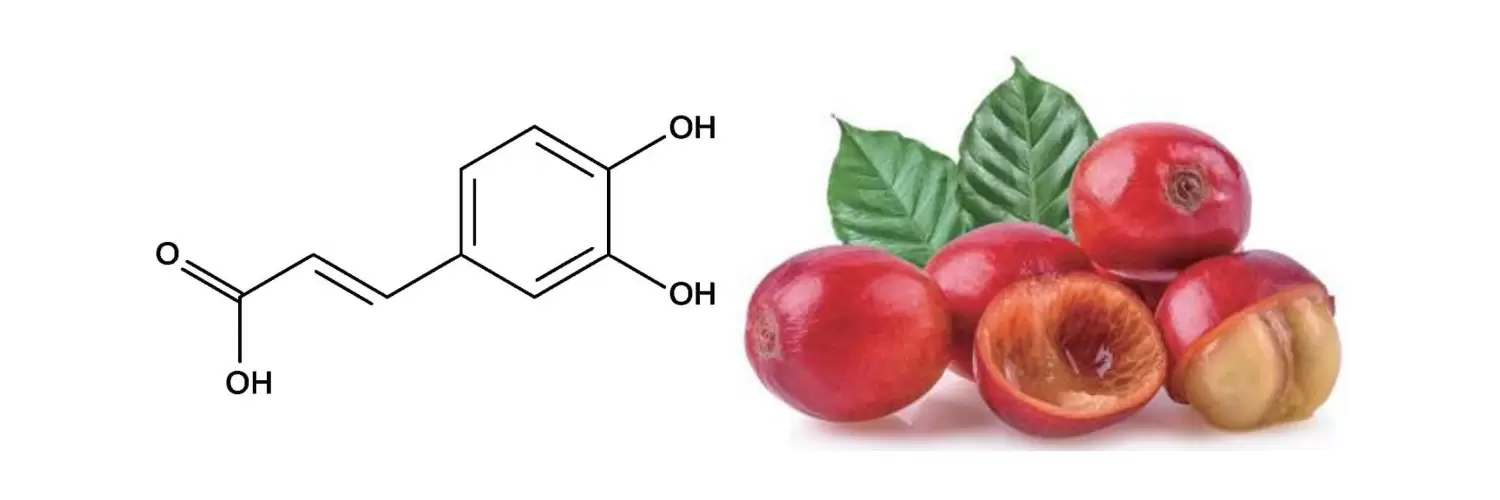
Caffeic Acid is a natural phenolic compound initially found in plants.
As a natural Antioxidant and antibacterial ingredient, it is commonly used for pharmaceutical, cosmetic, dermatological and aesthetic applications.
Caffeic Acid is multifunctional. It has antioxidant and brightening functions, which can be used as a preservative in cosmetic products.
The mechanism of brightening function of caffeic acid is primarily based on the following two facts:
1. The chemical structure of caffeic acid is very similar to L-tyrosine.
Therefore, caffeic acid can be degraded by tyrosinase to become a competitive inhibitor against melanin.
2. Caffeic acid can inhibit melanin production by inhibiting the signal path between tyrosinase and MITF (microphthalmia-associated transcription factor).
Effects:
① Inhibition of fibrosarcoma cancer cell proliferation
② In vivo and in vitro antioxidative effects
③ Immunomodulation
④ Anti-inflammatory activity
⑤ Neurodepressant; promoting sleep and reducing anxiety
Applications:
① Caffeic acid tablet
② Cosmetic ingredient (sun-protective, antibacterial, whitening)
③ Hemostatic drug for hemorrhagic diseases
④ Cough relief and phlegm clearing
Antioxidant:
Caffeic Acid has extraordinary capablity of scavenging free radicals.
In DPPH and ABTS experiments it prevails other phenolic acid compounds and cinnamic acid derivatives.
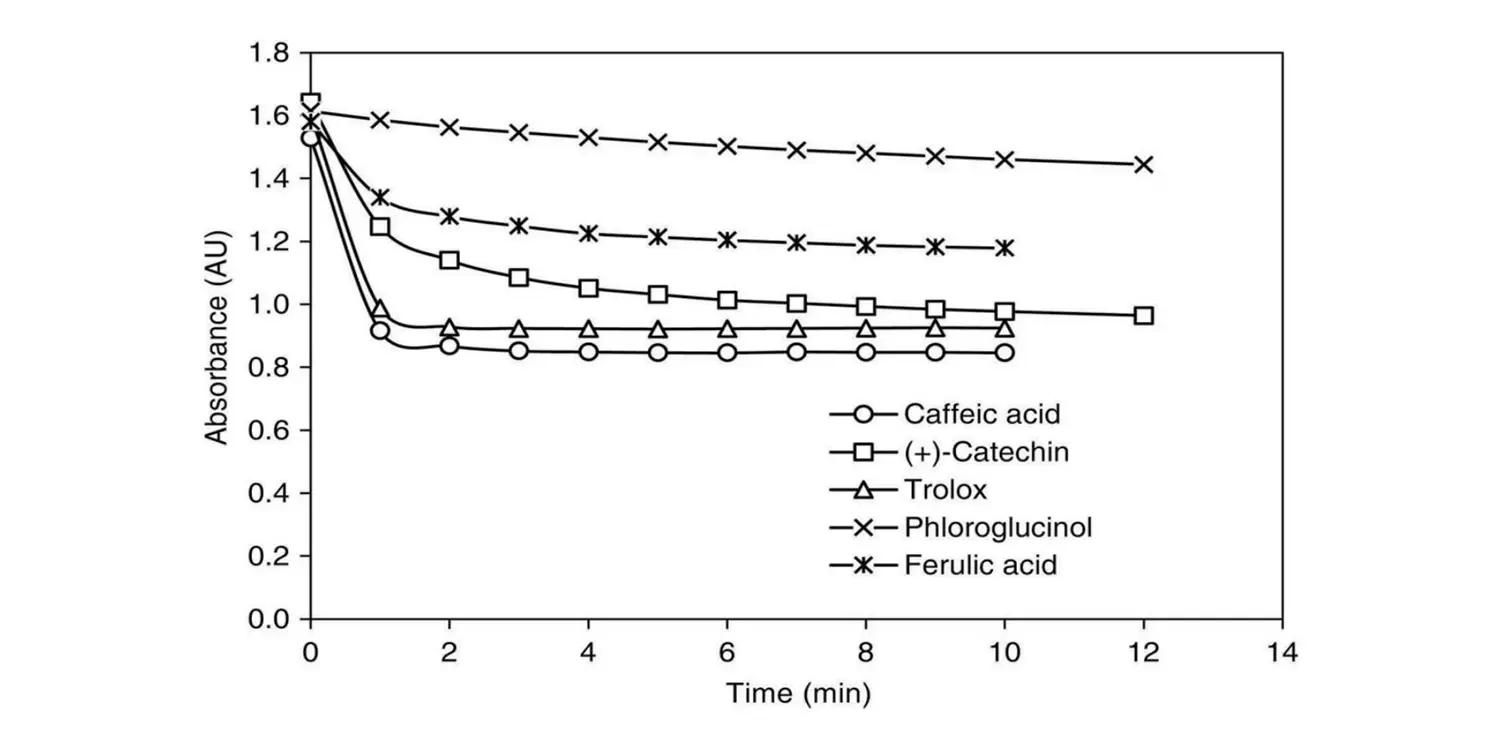
Antibacterial:
Caffeic Acid shows great abiity in inhibiting growth of mirobes especially Afiatoxin.
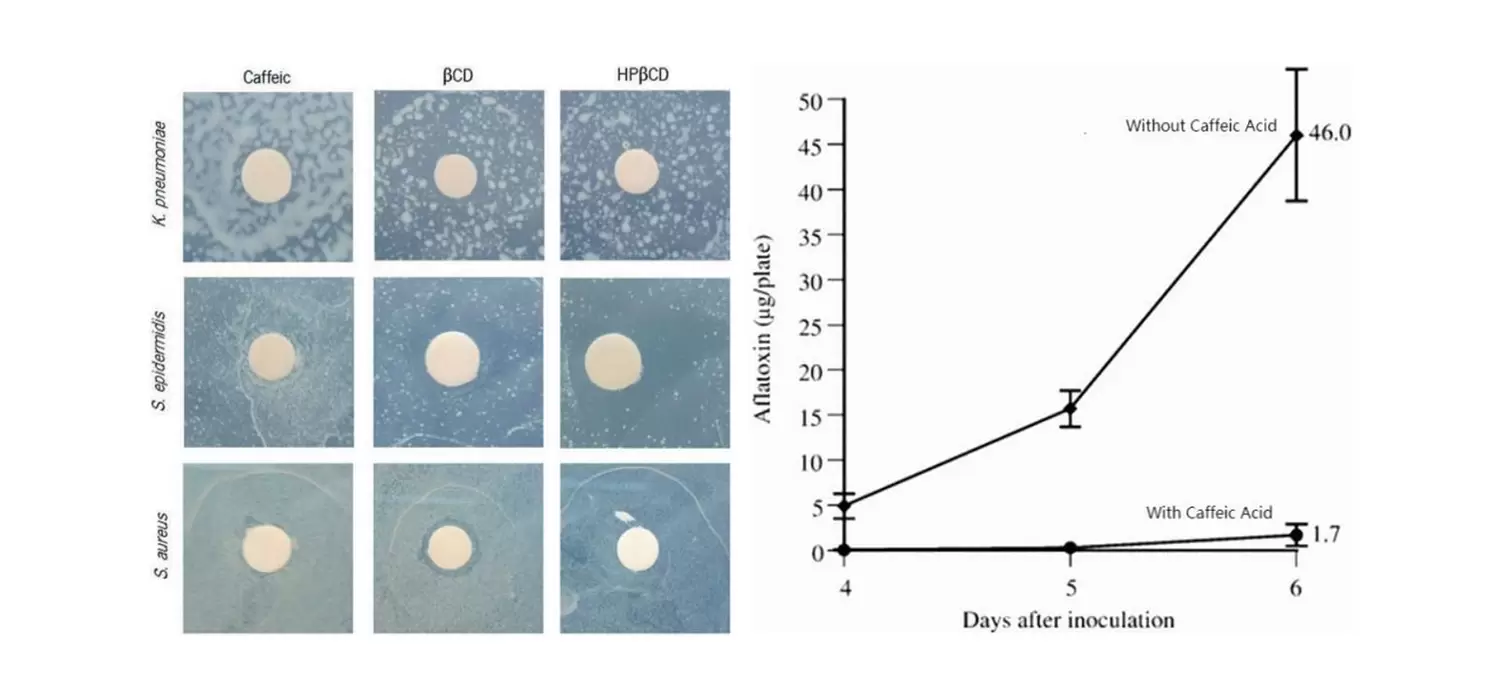
Why Choose Viablife Caffeic Acid:
The purity of most caffeic acid available on the market; is between 70%-90%.
Their color is dark yellow which is considered to be caused by impurities inside.
It wil be challenging to apply this kind of low-quality caffeic acid in cosmetic product.
Viablife uses its unique Biosynthesis and Fermentation technology to obtain high purity (>99%) caffeic acid.
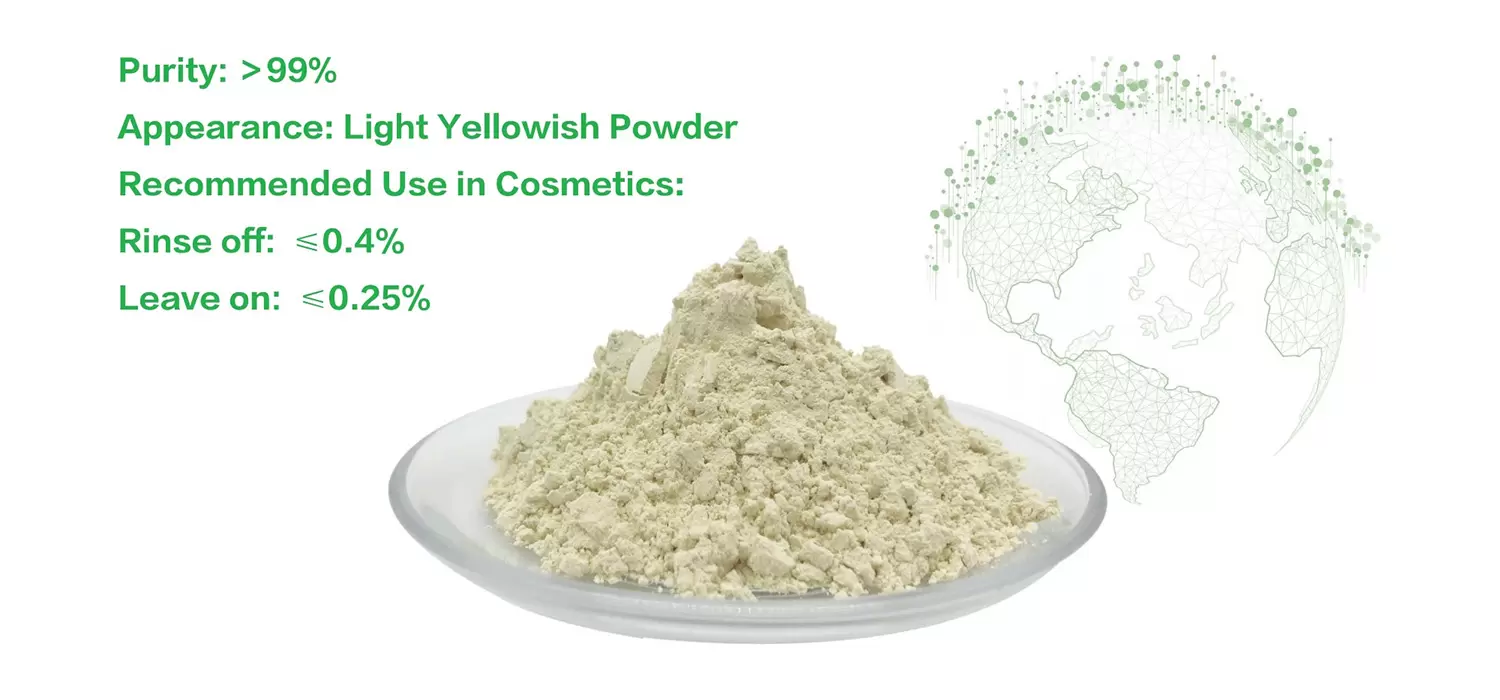
Related products
-
Quick View
ESR Fast Detector
Contact UsKangene ESR Fast-Detector Vacuum Tube delivers 30-minute erythrocyte sedimentation rate results with ±1 mm accuracy, safe, sterile, and CE-marked for rapid clinical screening.
-
Quick View
Medical Sterile Dressing, Disposable Breathable Wound Dressing
Contact UsQiangsheng Medical aims to leverage its expertise to drive global medical market advancement, safeguard public health worldwide, and foster cross-border partnerships for a healthier future.
-
Quick View
2,4-Dichlorobenzenediazonium 1,5-naphthalenedisulfonate hydrate
Contact Us2,4-Dichlorobenzenediazonium 1,5-naphthalenedisulfonate hydrate CAS: 123333-91-5



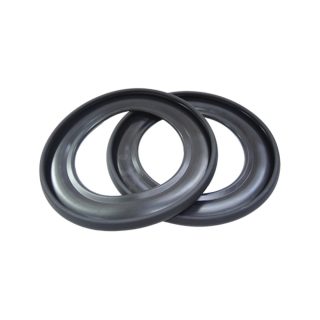


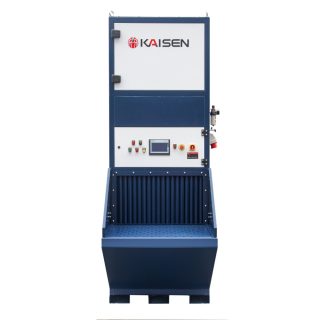

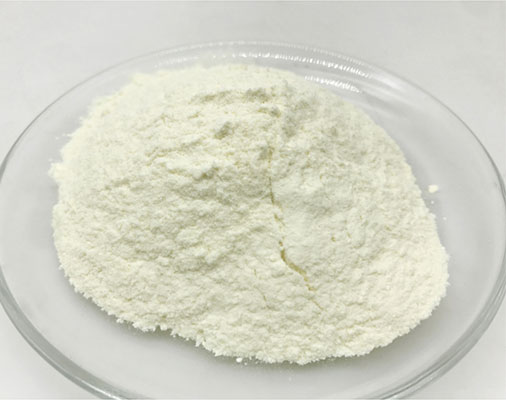

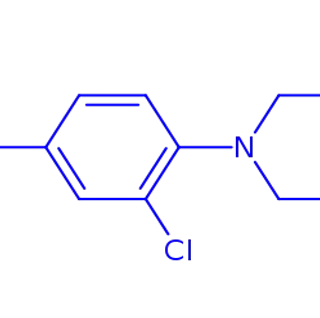



Reviews
There are no reviews yet.